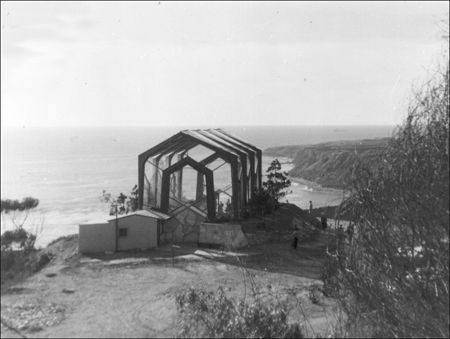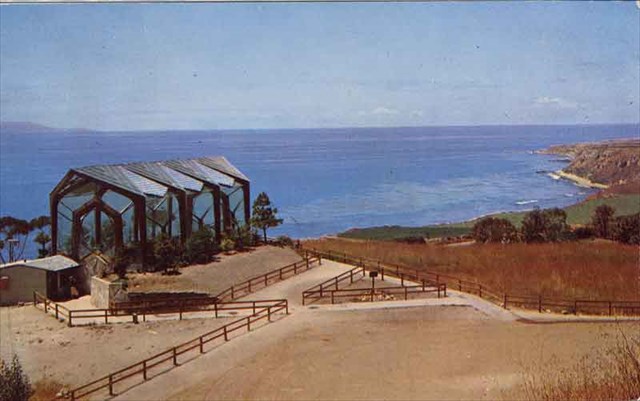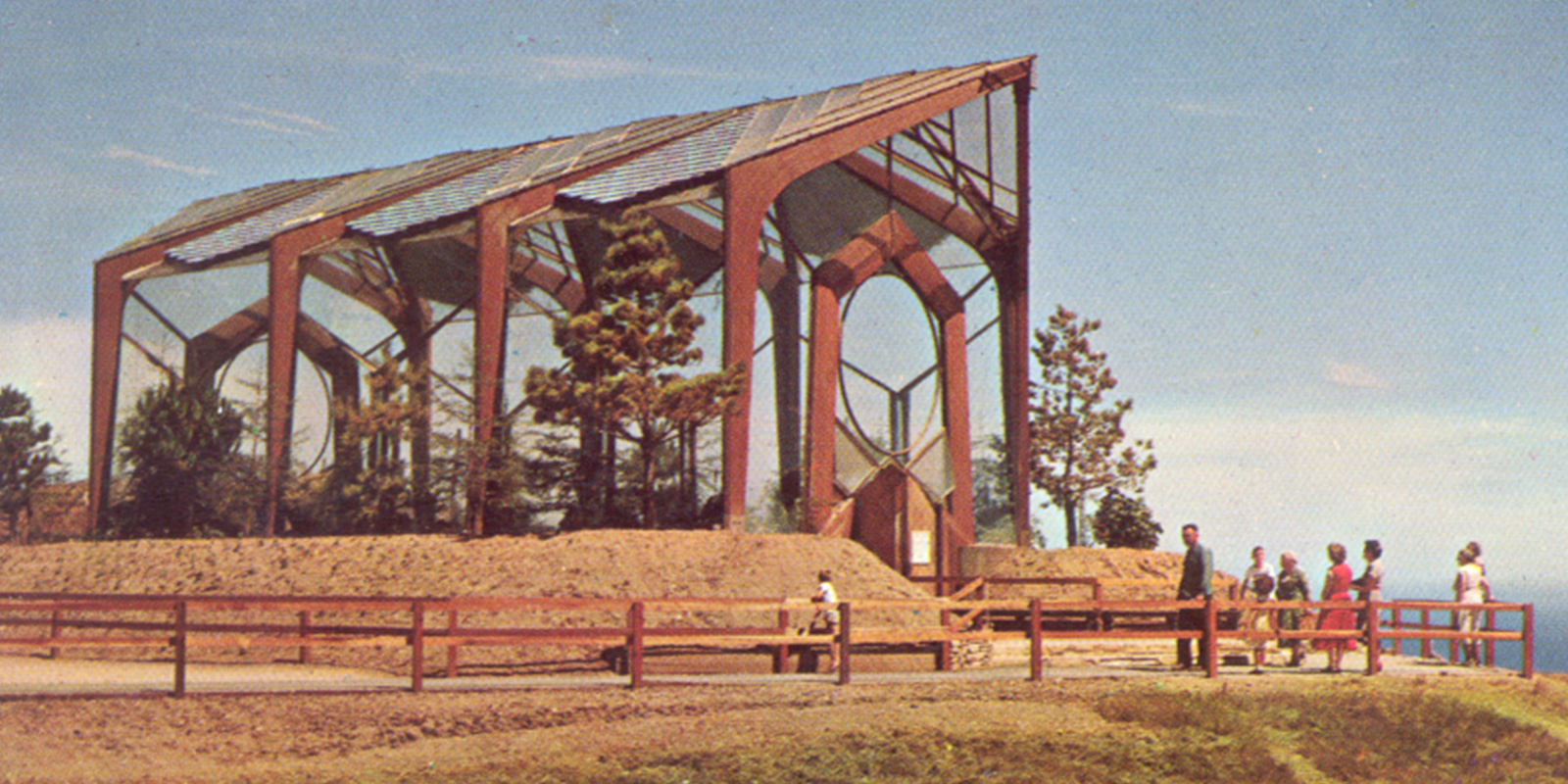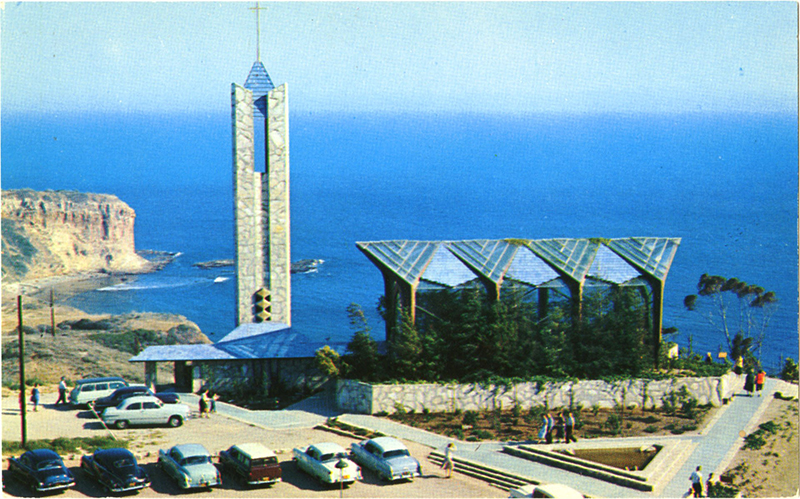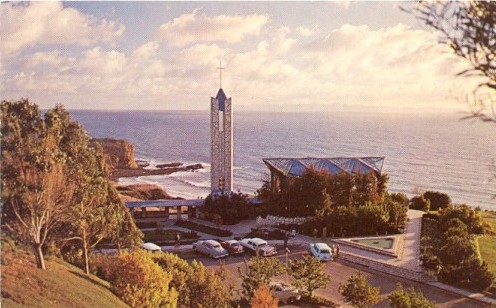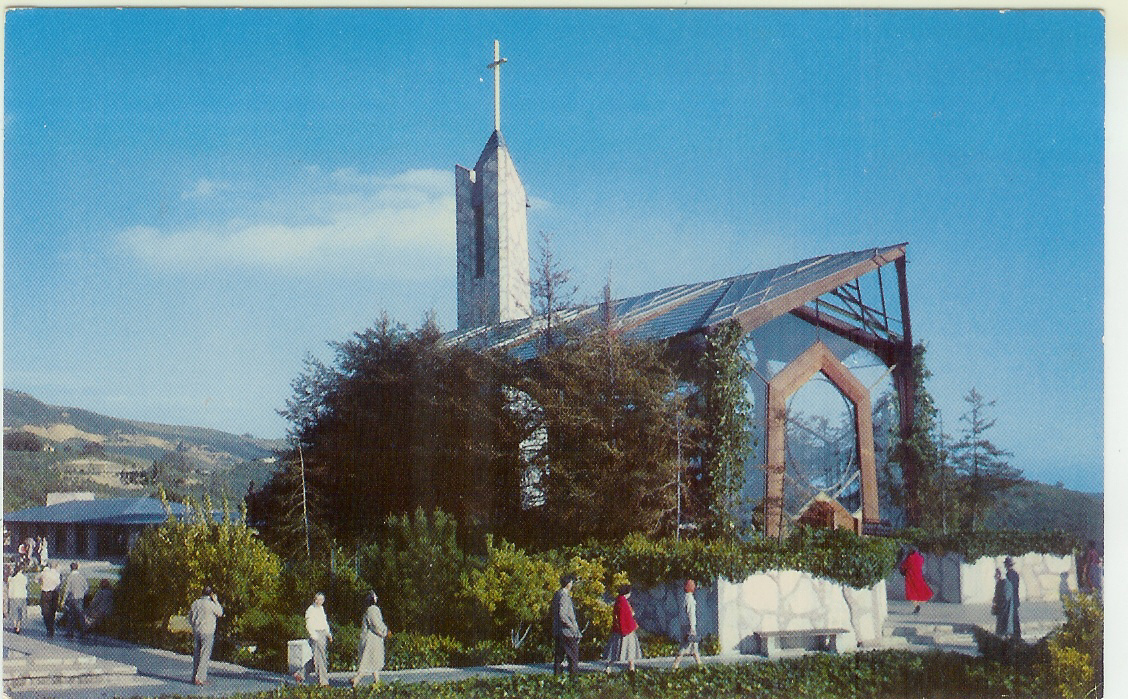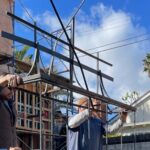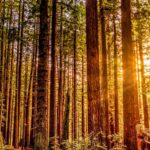After a recent client meeting in Rancho Palos Verdes, I had the opportunity to visit one of my favorite places, the Wayfarers Chapel. A creation of renowned architect Lloyd Wright, son of Frank Lloyd Wright, the Chapel is considered one of the most notable examples of organic architecture. Situated on a bluff, much like the future home of our clients, the structure emerges from the hilltop and is barely differentiated from the now mature landscaping of trees, rose bushes, and other greenery. Perched above the Pacific with views of Catalina Island, the blue sky backdrop to the nearly all glass chapel, blurs the distinction between inside and out—the defining trait of organic architecture.
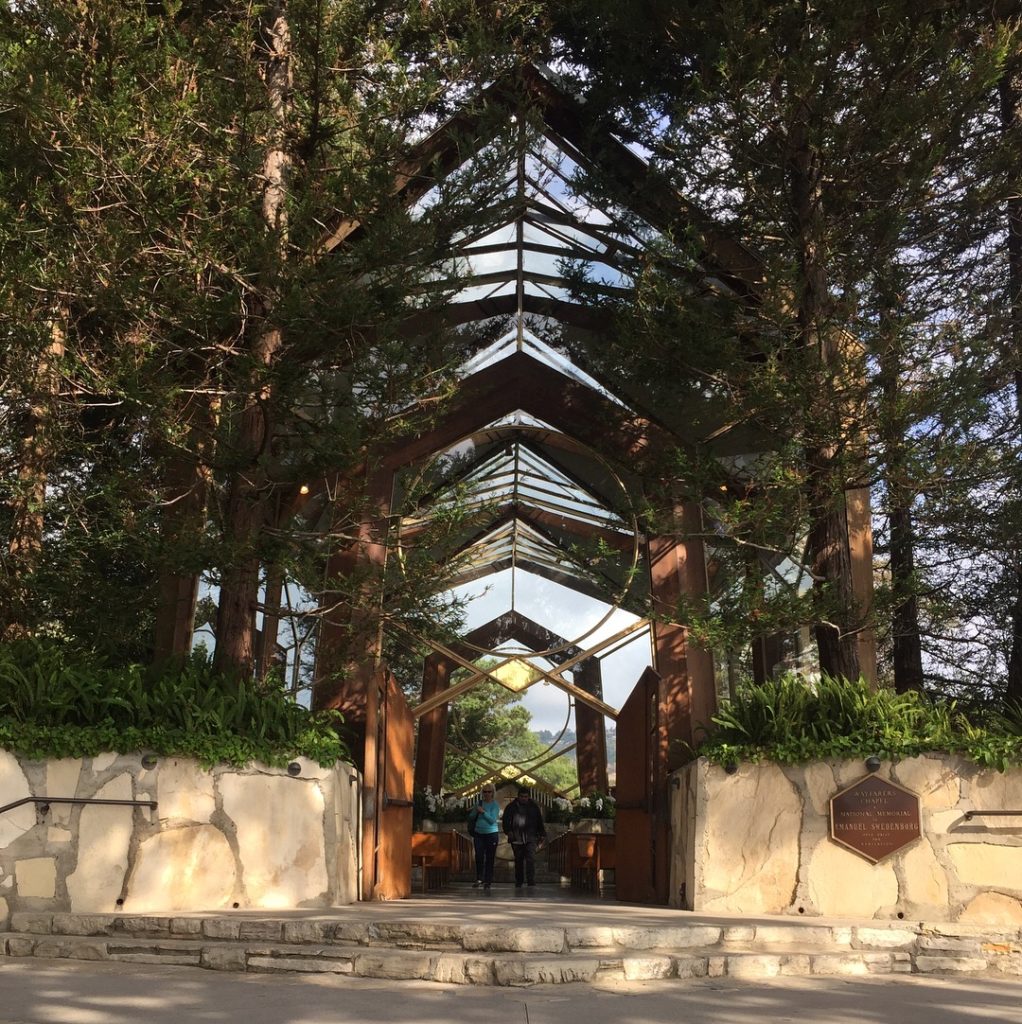
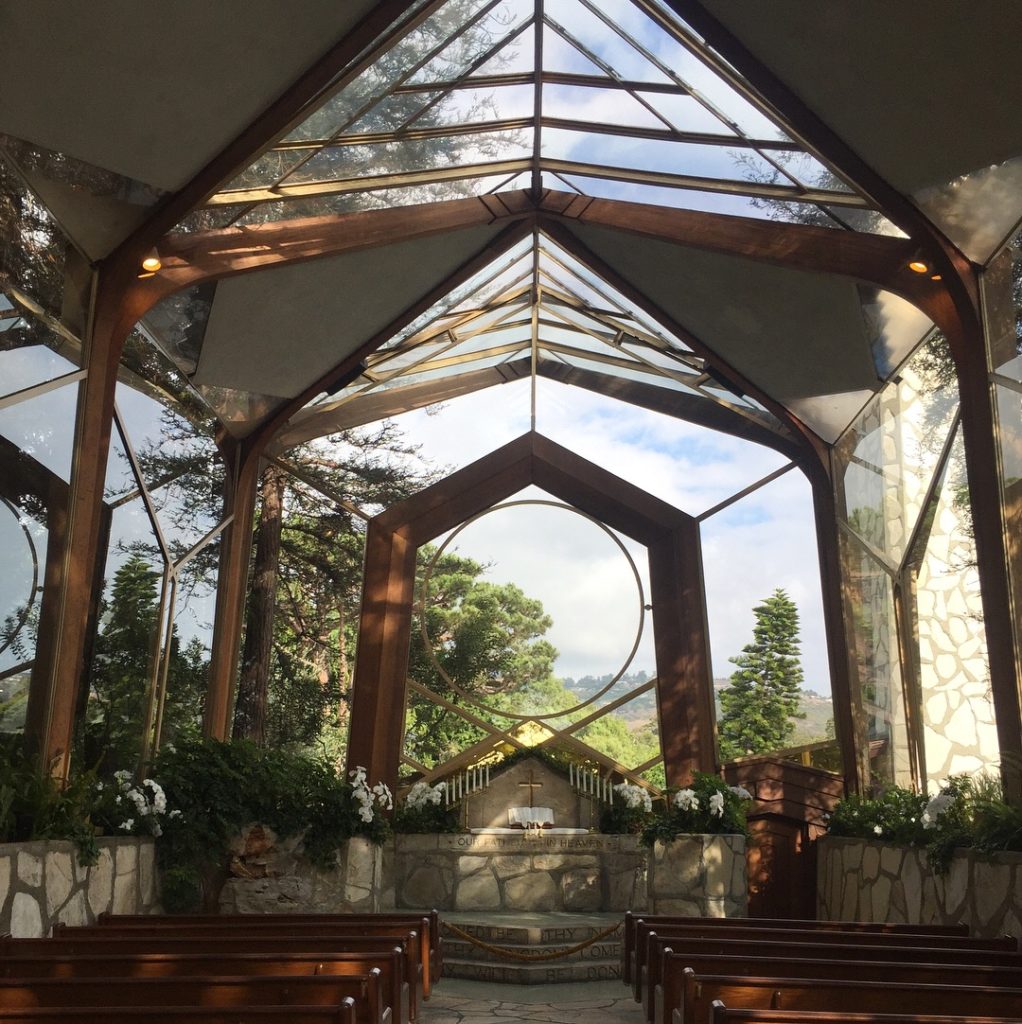
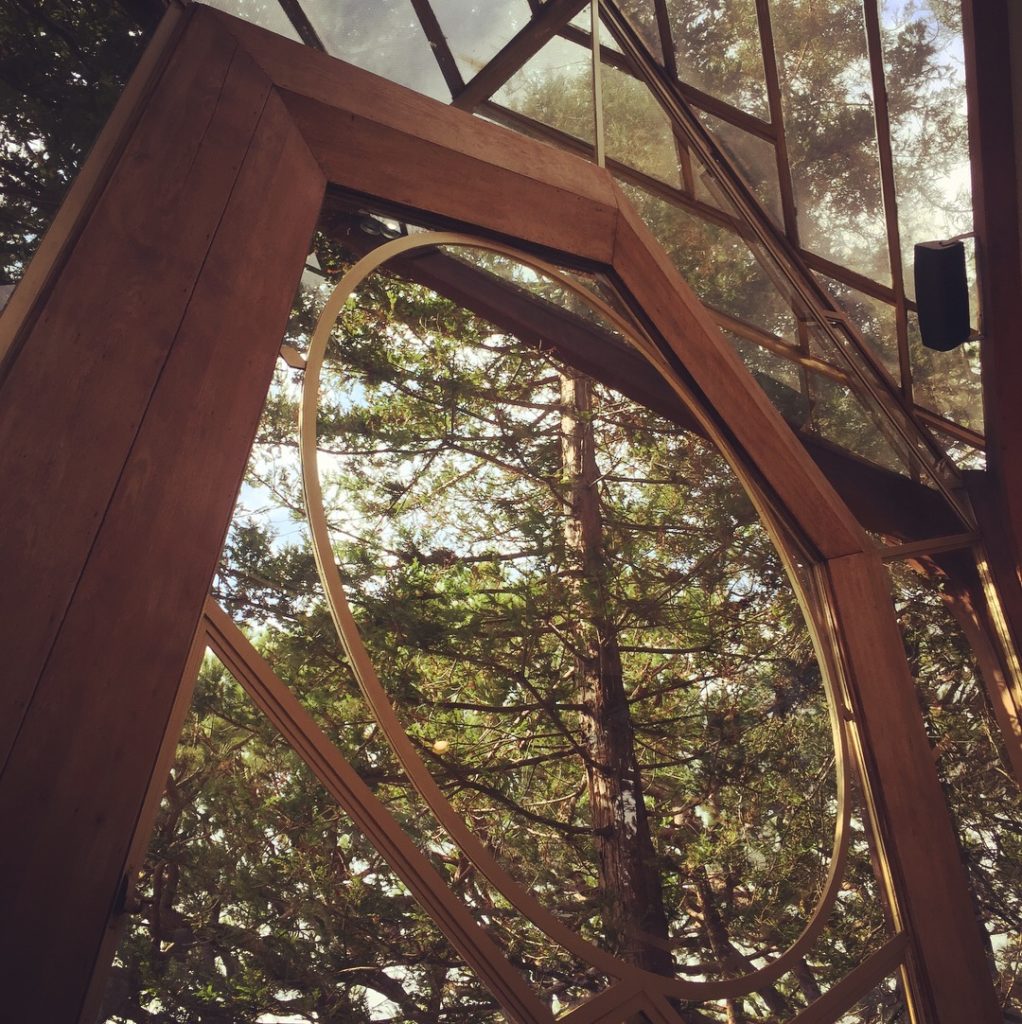
Supported by a flagstone foundation and massive redwood, rib-like trellises, the cornerstone for Wayfarers Chapel was set in 1946. At a time when only dirt roads granted access to the peninsula, two congregates of the Swedenborgian Church envisioned a space where weary travelers could stop and pray or simply meditate. It’s a small chapel with an ingenious design and when it opened in 1951, it immediately started to bring in many who sought inspiration and rejuvenation in the serene setting.
When the Church was first built it was simply known as the “Glass Church.” This was because the arid bluff originally had very few trees or other organic materials. In addition to the building architecture, Wright created an entire site plan that included the planting of trees, which more than half a century later envelop the Church and fulfill Wright’s vision of harmony between nature and man.
When I stepped inside this time, I had that familiar feeling of contentment. This structure is more like a vision than a building. I recalled when visiting on a previous trip the repeating triangular shapes of the structure in the ceiling and walls and how they help to at first center and then uplift your thoughts. Wright’s interest in, and interpretation of, organic architecture, like the original intent of the Church’s founders, emphasizes the harmony of the inner and outer worlds of nature, the mind, the spirit, and God.
The builders of the Wayfarers Chapel used locally harvested redwoods and locally made glass. The floors and foundation walls are Palos Verdes flagstones (‘PV Stone’). The visible stone foundation is about three feet tall, which brings your eyes and attention upward. At the same time, the stones provide for natural cooling. Despite being a predominantly glass building, these stones and the shade of the now mature trees are cooling and the chapel is comfortable. Balance is integral.
In the tradition of Wright, for our projects, we think about the setting and the interplay of nature with what we do. We ask, ‘How does this structure fit into the context and relate to its surroundings?’ We prefer local materials and seek sustainability for each site. During my visit that day, I wondered whether, for our nearby client, we could do something in that style, but with water … .
Wayfarers Chapel Through the Years
